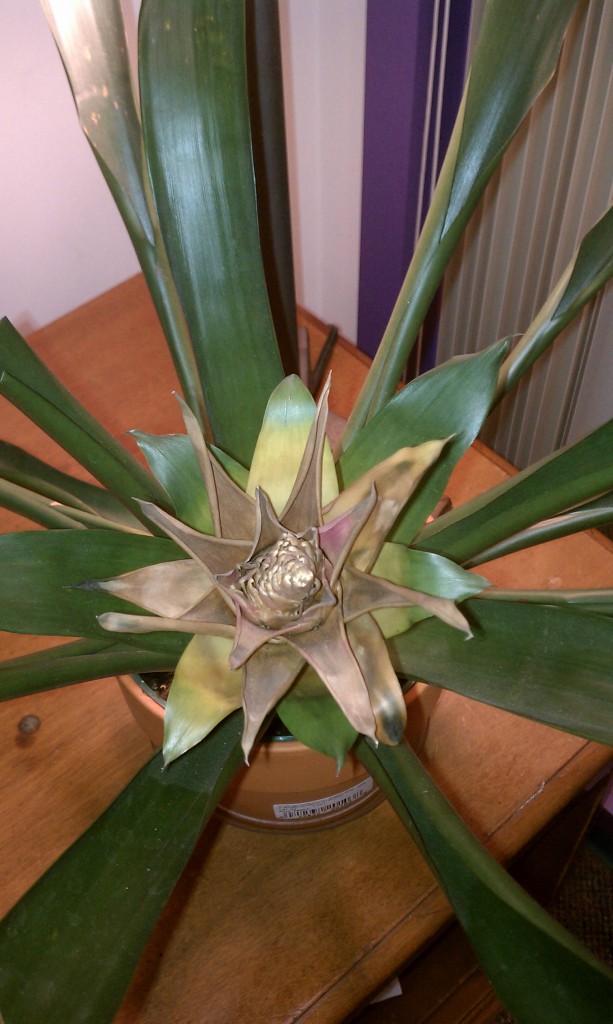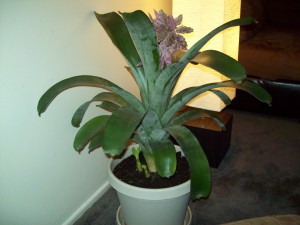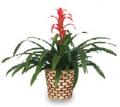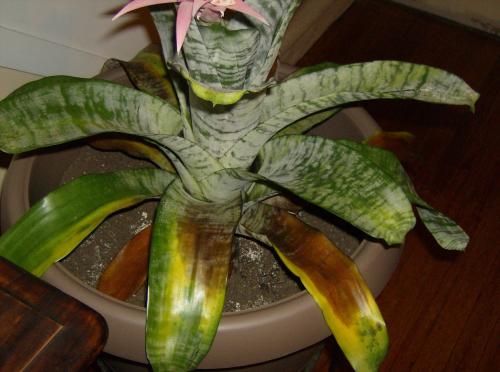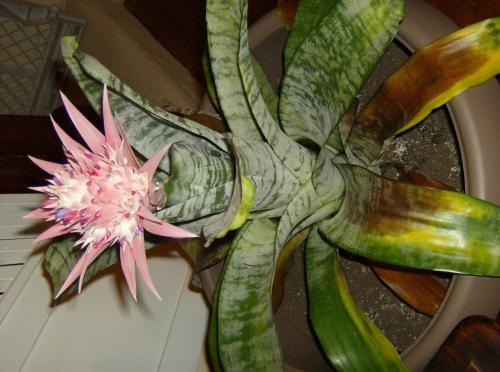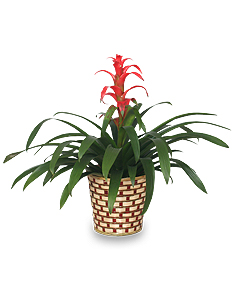 Ask The Plant Expert: Hi, I’m new to blogging and to my bromeliad. I’ve tried to look up exactly what type of bromeliad I have, and it comes up with “Bromeliad”. Here is my question: I’ve live in NY and I have a beautiful bromeliad which I have outdoors right now. I have noticed that the leaves are starting to turn brown and curl under as if burned. I have it next to my table under an umbrella so no direct light it hitting it. What am I doing wrong?
Ask The Plant Expert: Hi, I’m new to blogging and to my bromeliad. I’ve tried to look up exactly what type of bromeliad I have, and it comes up with “Bromeliad”. Here is my question: I’ve live in NY and I have a beautiful bromeliad which I have outdoors right now. I have noticed that the leaves are starting to turn brown and curl under as if burned. I have it next to my table under an umbrella so no direct light it hitting it. What am I doing wrong?
Also, I have searched for a diagram of the bromeliad so that I could understand the central cup so that I don’t add water to it. Then I come across other websites that say add water to the central cup. Not sure where to add water. So, my questions are: leaves and central cup. – Jacquie
Flower Shop Network Plant Expert Reply:
The central cup of the bromeliad is the center of the rosette where the leaves are formed.
BROMELIAD Care Instructions:
WHEN FLOWERING – Feed with a 20-20-20 fertilizer once a month. Do not let the soil dry out; evenly moist is the ideal state. Water the soil only. If you fill the cup and let it flow over into the soil, this water must be changed every 2 days. Conditions vary in each household or office, check by lifting the plant daily. The pot should feel heavy versus the rest of the plant. Water should not be dripping from the bottom, nor should it be sitting in an enclosed container holding water. The holes in the bottom of the pot are for good drainage. If the plant seems to lose its luster, you can always mist it with the same rate of fertilizer (only the plant – not the flower).
WHEN FINISHED FLOWERING – Cut the stem off inside the cup. Bromeliads flower once in a lifetime. After the blooming cycle, the mother plant will have offspring sprouting from the base which, at the proper time, will bloom. The feeding in this period is stronger. Use the same fertilizer at the same strength but with every watering. If you lose roots, turn to misting daily for two weeks.
FORCED FLOWERING – Bromeliads can be forced to flower after one year of growth. Drop a small slice of tomato, apple, or any fruit into the cup. The decomposition of this fruit will release ethylene gas and induce the flowering. If the plant is older it will flower with the change of seasons. Feeding in this period is stronger. Use the same fertilizer at the same strength but with every watering. If you lose roots, turn to misting daily for two weeks.
ENJOY


 Find Your
Find Your 